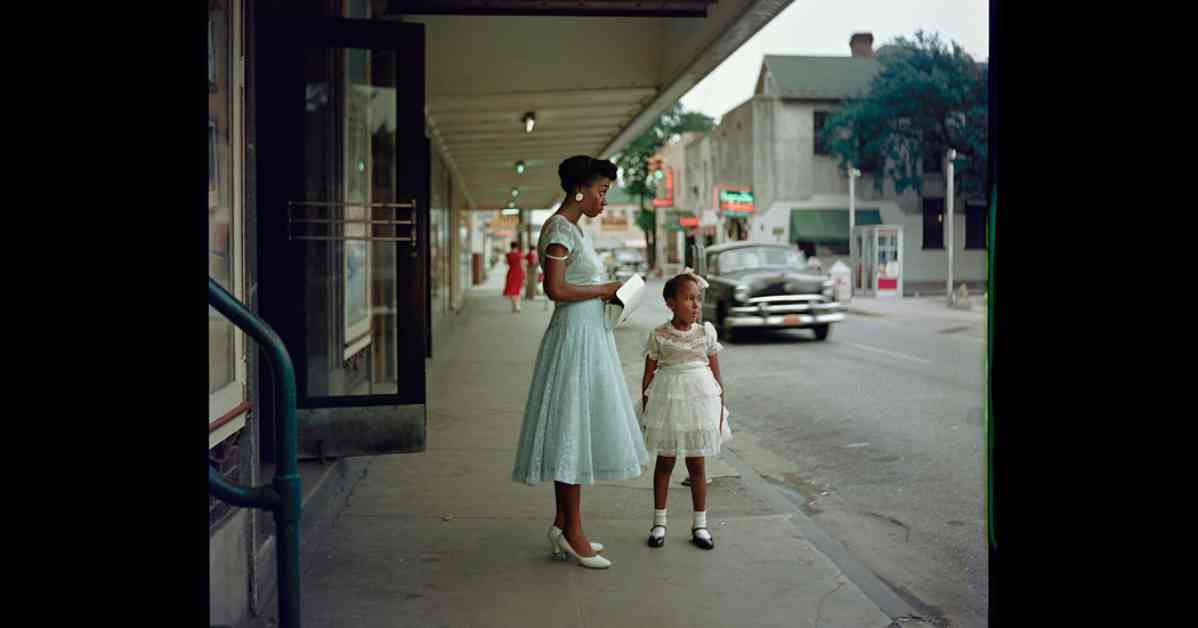In 1955, a group of experts gathered to discuss the 25 most iconic photos that have shaped the modern age since then. The panelists included photographers, curators, and directors who had a challenging task ahead of them. They had to navigate a list of notable photographers like Berenice Abbott, Ansel Adams, and Henri Cartier-Bresson, among others, who were not represented in the final selection.
The discussion touched on the blurred lines between fine art and reportage photography in the modern age. Photographs that were once confined to newspapers and magazines now find their place in art galleries, blurring the boundaries between journalism and art. The judges considered photos that changed how we perceive the world, focusing on themes like labor, activism, war, and family.
Surprisingly, the final list did not include many world historical events like the assassination of JFK or the fall of the Berlin Wall. Instead, it highlighted images that resonated with the panelists on that particular day. The photos were not ranked but presented in the order in which they were discussed, showcasing a diverse range of styles and subjects.
The conversation delved into the significance of the chosen time frame, starting in 1955, which marked the beginning of the American civil rights movement. Photography played a crucial role in documenting and raising awareness about social issues during that period. Each participant brought their unique perspective to the table, resulting in a thought-provoking selection of images that have left a lasting impact on the modern age.
Overall, the process of selecting the 25 iconic photos was more of a subjective debate than a scientific analysis. It was a reflection of the panelists’ personal preferences and experiences, highlighting the subjective nature of art appreciation. The final list serves as a testament to the power of photography in shaping our understanding of the world around us.




